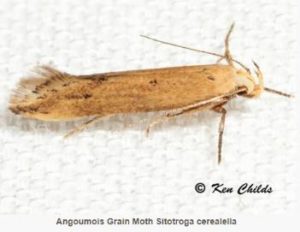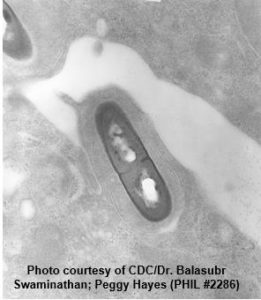Lettuce & Pathogens

It seems the news is sharing stories of product recalls weekly. Not the “old school” recalls of ground beef for E. Coli, or raw chicken for Salmonella, lately it has been vegetables and the like. Currently a fast-food chain has suspended use of lettuce due to least 37 people who have gotten sick in an E. coli outbreak in the Midwest. The CDC is investigating whether romaine lettuce served by the fast-food restaurants is the cause.
Leafy greens are an easy target for E. coli for a few reasons, the first being the popularity of this diverse vegetable. The public recognition of the health value of consuming greater amounts of fresh leafy greens has correspondingly increased the production area of such produce to meet consumer demand. Crop production over wider areas makes tracking of contamination in the field more difficult, and the greater consumption increases chances of eating contaminated leafy greens. This produce also grows low to the ground, increasing chances of exposing the edible, leafy portions of the lettuce to contaminated water. Finally, other vegetables are often cooked prior to consumption, killing the bacteria, whereas romaine and other leafy greens are often consumed raw[1].
While not always practical or available, consumers should choose “washed” greens when purchasing in packaging from the store or washing the food themselves using a solution of water and vinegar. Recipes for a safe wash can be found online at various outlets.
Submitted by: Rich Gibson ACE, CFSQA
The Angoumois Grain Moth

Order: Lepidoptera Family: Gelechiidae Genus: Sitotroga Species: S. cerealella
The Angoumois grain moth (Sitotroga cerealella) is a species of the Gelechiidae moth family, commonly referred to as the “rice grain moth.” Angoumois grain moths are occasionally found as pantry pests in homes, but they can be serious pests in commercial grain storage. Adult moths are a buff, tan or golden color and about 1/3 inch long. The wingspan is 1/2 inch, rear edges of wings are fringed. Larvae are white with a yellowish to brown head and dark reddish-brown mouthparts. Larvae bore into kernels of cereal grains, pupate and emerge through a hole cut on the outer surface of the kernel. Angoumois grain moth has a complete life cycle; egg, larva, pupa and adult, and it takes about five-weeks to complete development. Adults can fly and are attracted to lights.
As with most stored product pests, the first step in control is sanitation. Remove infested materials or materials which may attract the pest. Keeping products in sealed bins or totes is a best practice to reduce the risk of infestation. Proper stock rotation and use is also crucial. Use product as quickly as possible to avoid maintaining excessive inventories for weeks or months.
On rare occasions, insecticides may be needed to control difficult infestations. Insecticides can reach inaccessible areas that cannot be easily cleaned; they can also help reduce heavy pest infestations more quickly. Insecticide sprays may be applied to crevices and void areas in a facility when there is no risk of product contamination.
Submitted by: Rich Gibson, ACE, CFSQA
Listeria Monocytogenes in Retail Environment

Comprehensive food Safety’s (CFS) retail food safety division serves as a remediation company for the New York State Department of Agriculture and Markets (NYDoA&M). However, CFS was contacted by a local health organization and an establishment directly to help remediate their facility recover from a positive case of listeriosis. Listeriosis occurs when consumers become infected by eating foods contaminated with the bacteria. Listeria may infect many different sites in the body, such as the brain, spinal cord membranes, or the bloodstream.
Upon arrival it was found the facility had findings centered around a severe lack of proper sanitation practices. There were positive findings of Listeria on prep services, in the cooler, in drains, on processing equipment, at the wash area and in some store-made food.
With a focus on elimination, CFS partnered with the establishment to develop a full sanitation program. The program focused on daily sanitation with the use of a quaternary ammonia, proper date marking and batch control for store-made items. Also, a facility clean up that spanned into cooler and food equipment cleaning and sanitation areas. Listeria is a very resilient pathogen which can stay around in perfect conditions for up to ten years. Sanitation is the key to help keep pathogens from among us.
- Take away tips:
• Sanitation is the best method for not only prevention, but also elimination.
• Partnerships pay off
• Knowing the “behavior” of certain pathogens is crucial in remediation.
Submitted by: Darrell Newell
Director, Retail Food Safety and QA
Comprehensive Food Safety






